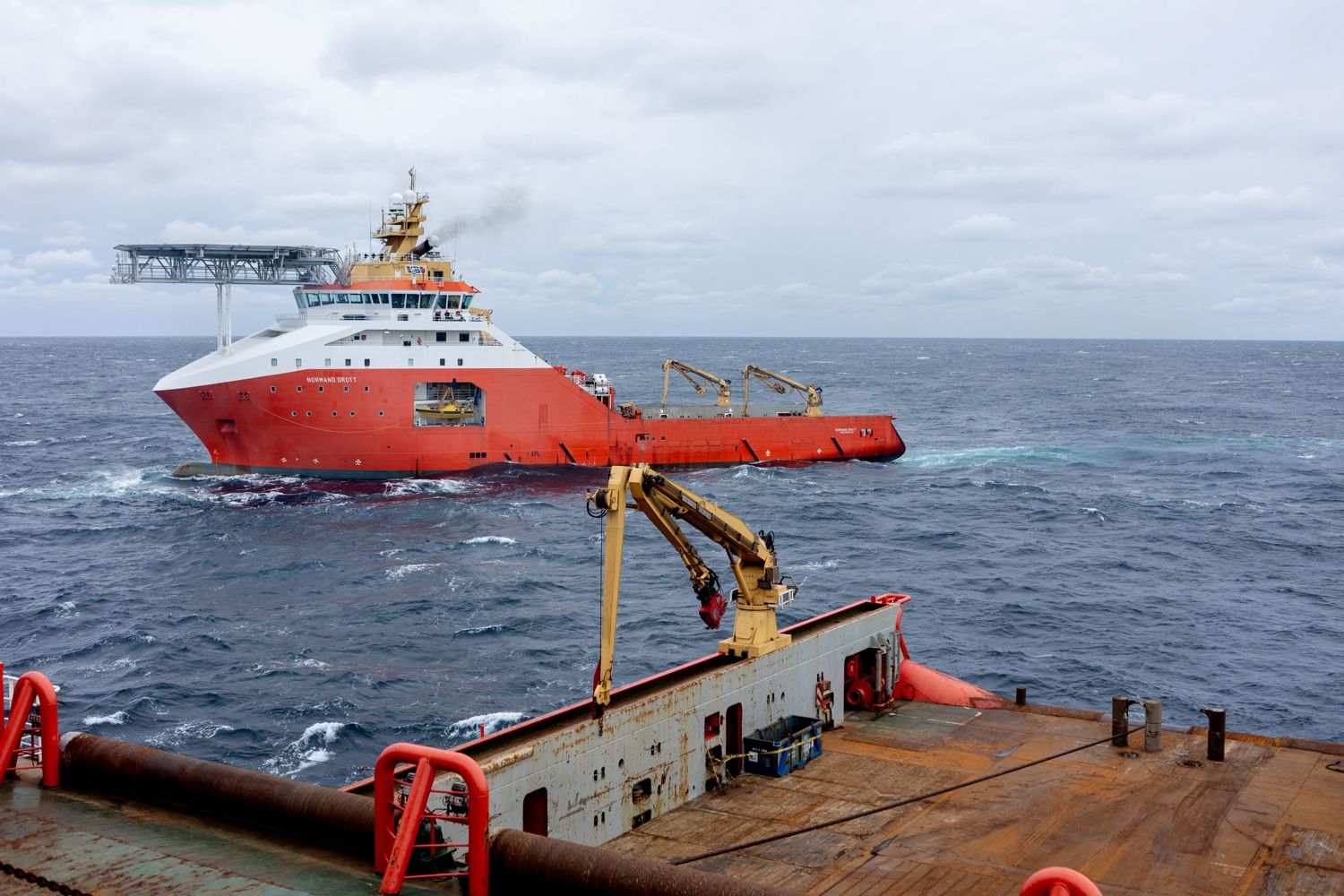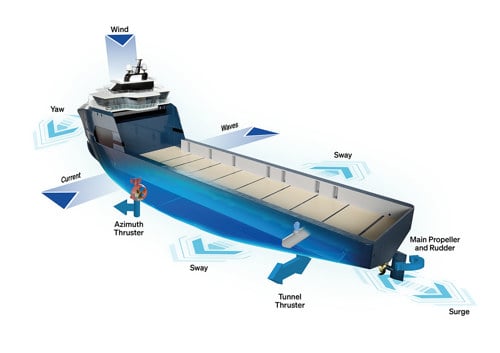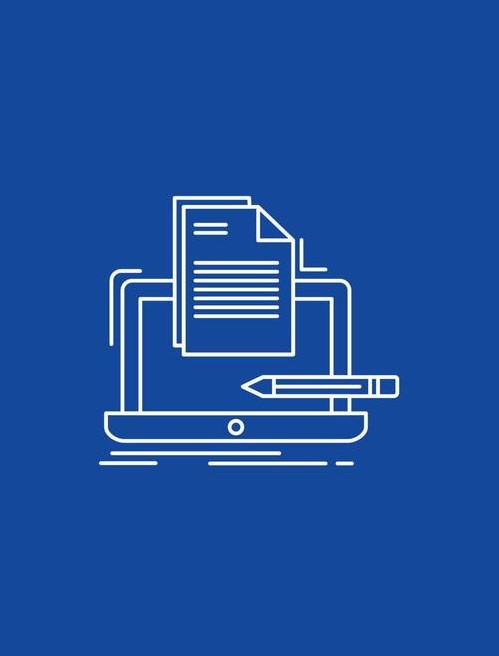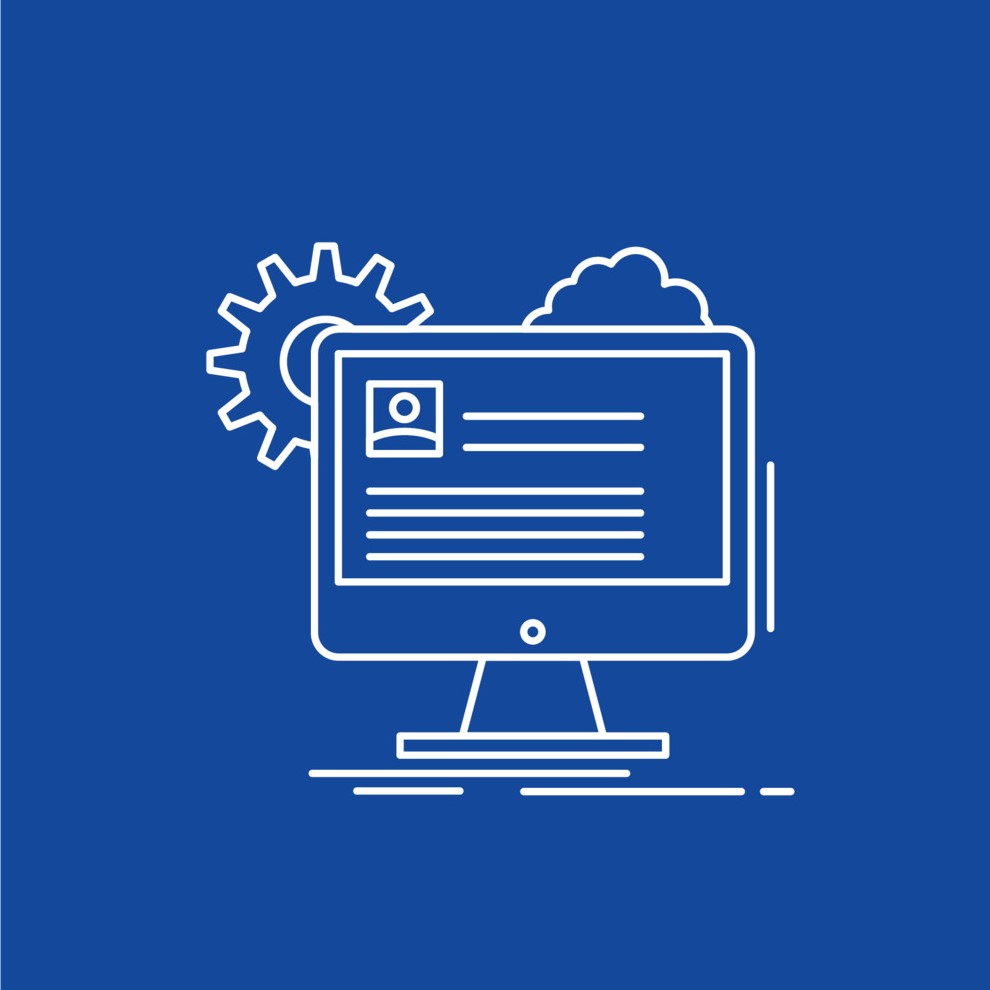
Dynamic Positioning Control Systems
Robust systems backed by decades of experience
Since 1977, we have installed more than 4000 dynamic positioning control systems, on ships ranging from the most sophisticated offshore vessels and semi-submersibles to superyachts. Our portfolio of client-driven, innovative dynamic positioning solutions offer energy efficiency, wide-ranging functionality for any need, and true reliability in the harshest conditions.
Why K-Pos DP Control Systems are different
-
Unique DP modes, functions, and capabilities developed over decades by collaboration with our clients
Unique DP modes, functions, and capabilities developed over decades by collaboration with our clients
-
Complete system installation and maintenance, backed by full lifecycle support and a global network
Complete system installation and maintenance, backed by full lifecycle support and a global network
-
Advanced controls and functions help reduce fuel consumption and cut operating expenses
Advanced controls and functions help reduce fuel consumption and cut operating expenses
-
Interfaces with our advanced energy applications for hybrid power solutions
Interfaces with our advanced energy applications for hybrid power solutions
-
K-Pos main operating modes
K-Pos dynamic positioning control systems allow operators to quickly transition between the following operating modes:
- Joystick control: The operator controls the vessel position using a three-axis joystick
- Auto Position: The system automatically maintains vessel heading and position
- Auto Track: This lets a vessel accurately follow a defined track along a set of waypoints
- Auto Pilot: This enables a vessel to steer automatically on a defined course by controlling vessel heading.
- Follow Target: This lets a vessel automatically follow a moving target and keep a vessel within a “position window” relative to that target.
-
DP classes and redundancy
A range of Kongsberg Maritime K-Pos DP control systems are available, complying with the IMO DP Equipment class 1, 2, and 3 requirements. They are designed for various types of vessels, missions, and risk mitigation for critical maritime operations.
-
The benefits of DP system integration
The K-Pos DP Control System can be installed as a standalone product or as part of a larger system that is integrated with Kongsberg Maritime control systems which monitor and control the power plant (K-Chief) and propulsion units (K-Thrust) via a dual Ethernet LAN.
Integrating all the functions required for monitoring, command and control of a DP vessel reduces the need for hardware and simplifies the interface requirements. The integrated versions of the K-Pos range of DP control systems provide the crew with increased system availability and enhanced operational performance.




